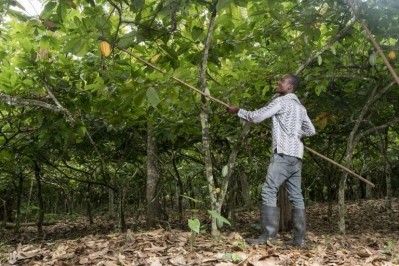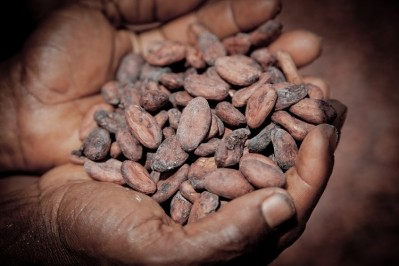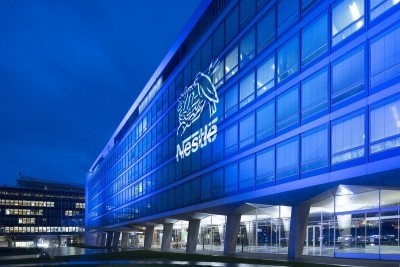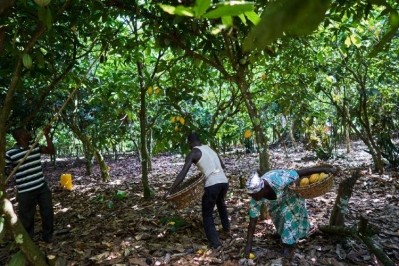Sustainability
Nestlé moves closer to '2050 net-zero pledge' on deforestation in its cocoa supply chain
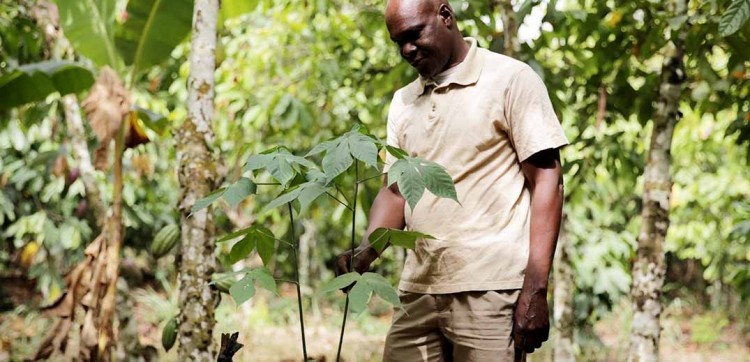
Nestlé, which joined the Cocoa & Forests Initiative (CFI) in 2017 to contribute to ending deforestation, said it has made ‘significant’ progress in its cocoa supply chain in Côte d’Ivoire and Ghana. In its new CFI report, it said that over the past months, the company has mapped over 75% of the 120,000 cocoa farms it sources from in the two West African countries.
“Addressing deforestation and forest degradation is not our only focus. We are also working on transforming our supply chains – making them more climate-friendly and resilient – to help us achieve our 2050 net-zero pledge,” the company stated in the new report.
The CFI partnership brings together the two governments of Côte d'Ivoire and Ghana with the cocoa and chocolate industry. In March 2019, Nestlé released a detailed plan to support the collective efforts and act in its Nestlé Cocoa Plan supply chain.
Protected forests
The boundaries of the plantations in Côte d'Ivoire and Ghana have been identified with Global Positioning System (GPS) trackers, ensuring that none of them are located in protected forests. By October this year, all remaining farms will be mapped in the two countries, said Nestlé in its report.
The Swiss company said it has also scaled up the number of native forest and fruit trees it has distributed in West Africa, from 32,000 in 2018 to now reach a total of more than 560,000. These cast shade on cocoa trees making farms more climate-resilient, while the fruit trees provide additional income for cocoa farmers.
Nestlé has also kicked off two agroforestry projects, working closely with communities to maximize shade tree density on farms to help improve yields.
To reduce pressure on forests and help improve family health, Nestlé revealed it distributed over 800 more efficient and less polluting cookstoves, as well as contributing to financial support through the creation of village savings and loan associations for over 9,400 cocoa farmers.
Alexander von Maillot, senior vice president, Head of Confectionery Strategic Business Unit, Nestlé SA, said: "We have made good progress across all the primary objectives we set out under our Cocoa & Forests Initiative action plan. Sustainable cocoa requires thriving communities. Our actions take into account the need to balance forest protection and communities' livelihoods. As we forge ahead with our efforts to embed sustainability in the cocoa sector, we will continue to focus on providing farmers with viable alternatives to grow the same amount or even more cocoa on less land."
